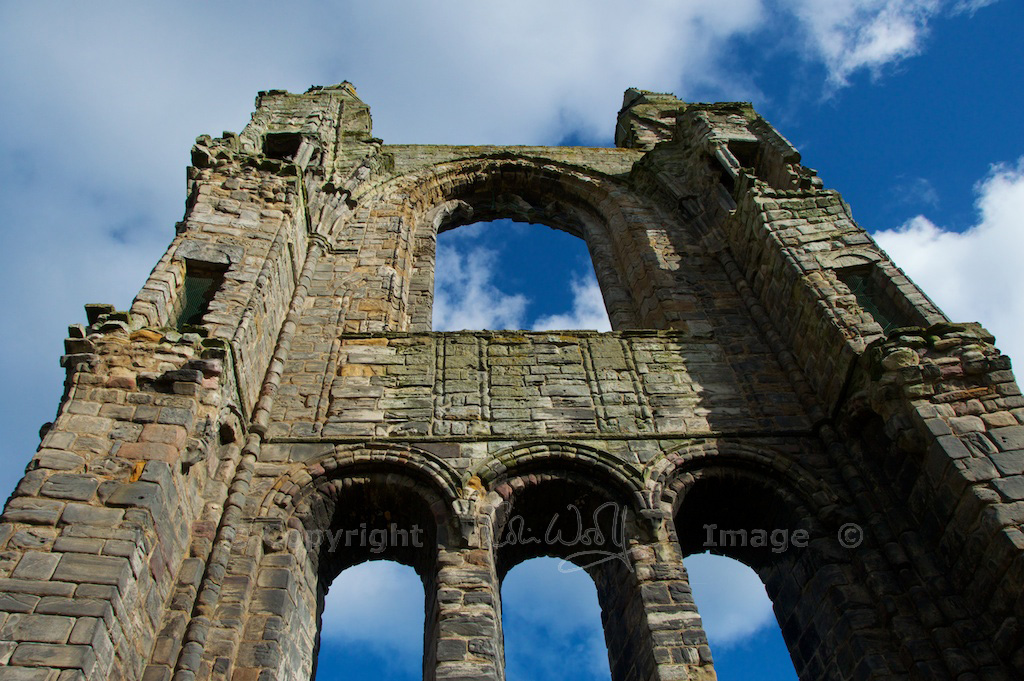
St Andrews: the glorious Cathedral
In 1160, the Augustinian canons who had taken over the incumbency of St Rule’s church at St Andrews began to lay the foundations for a much larger building on the same site.
The Cathedral took almost 150 years to build, and it was consecrated in July 1318 in the presence of Robert the Bruce. Bad weather had prolonged the construction work – the west wall was blown down in a storm in 1272 – and during the first War of Independence with England some of the lead was stripped from the roof. But when it was finally ready to receive worshippers it must have been a spectacular sight, one which I would love to have seen.
 The new building was ambitious in its magnificence, designed to be worthy of the precious relics of St Andrew which were attracting thousands of pilgrims from all over Europe. No simple, unadorned walls for the Augustinians: Gothic arches are everywhere, blind arcading on the walls, wonderful tracery in the windows. Even now, we can see how spectacular it was; this was Scotland’s largest church, and the architecture was unsurpassed at that time.
The new building was ambitious in its magnificence, designed to be worthy of the precious relics of St Andrew which were attracting thousands of pilgrims from all over Europe. No simple, unadorned walls for the Augustinians: Gothic arches are everywhere, blind arcading on the walls, wonderful tracery in the windows. Even now, we can see how spectacular it was; this was Scotland’s largest church, and the architecture was unsurpassed at that time.
Within the grounds of the Cathedral was a priory to house the canons; this consisted of a cloister, a chapterhouse, a refectory, dormitories, kitchens, a mill, a tithe barn and guest houses. There was also a ‘warming house’, where the canons were allowed a fire to warm themselves. Even the gateways were elaborate: an ancient street known as the Pends led to one of the entrances within the boundary wall. This is still standing, its old stone arches reaching gracefully over the heads of passers by. The website Scottish Churches explains:
“It was an impressive structure, with a groin vaulted roof, moulded pointed archways and blind arcading above.”
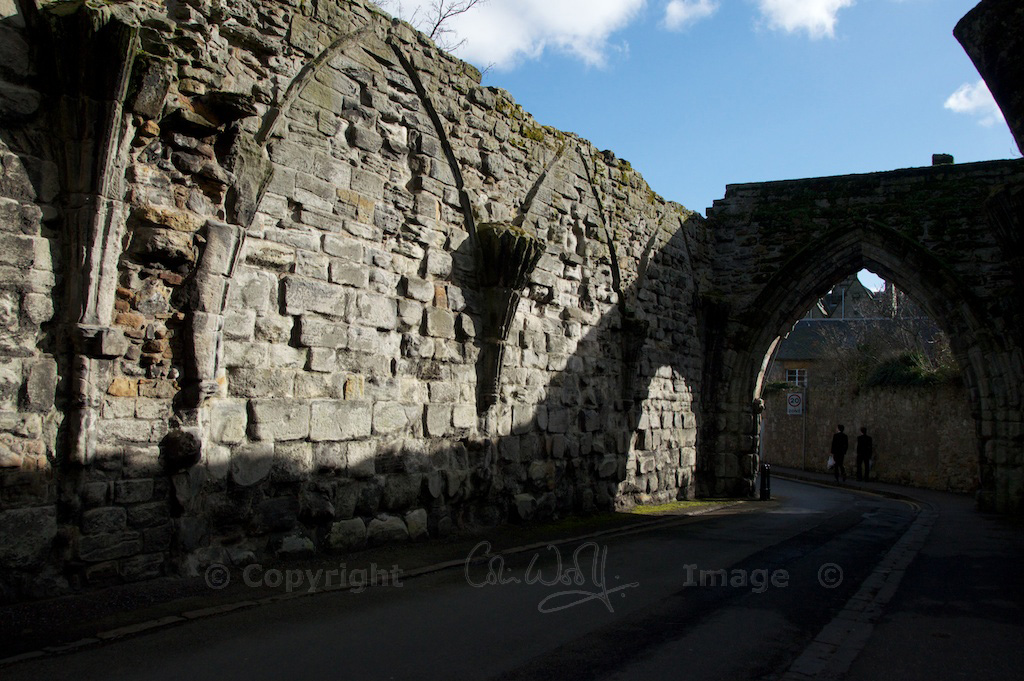 In fact, it still is an impressive structure, enough to stop you in your tracks even when the breathtaking grandeur of the Cathedral is looming just across the road!
In fact, it still is an impressive structure, enough to stop you in your tracks even when the breathtaking grandeur of the Cathedral is looming just across the road!
 The first significant part that you come across on entering the Cathedral grounds is the west entrance with its embellished archway. Above it and to the right, a long finger of stonework juts ruggedly skywards. At first glance this looks like a narrow tower, but if you stop for a minute or two you can see that it formed one side of the original wall. Aligning yourself with the opposite end, which is in better shape, gives you a better perspective.
The first significant part that you come across on entering the Cathedral grounds is the west entrance with its embellished archway. Above it and to the right, a long finger of stonework juts ruggedly skywards. At first glance this looks like a narrow tower, but if you stop for a minute or two you can see that it formed one side of the original wall. Aligning yourself with the opposite end, which is in better shape, gives you a better perspective.

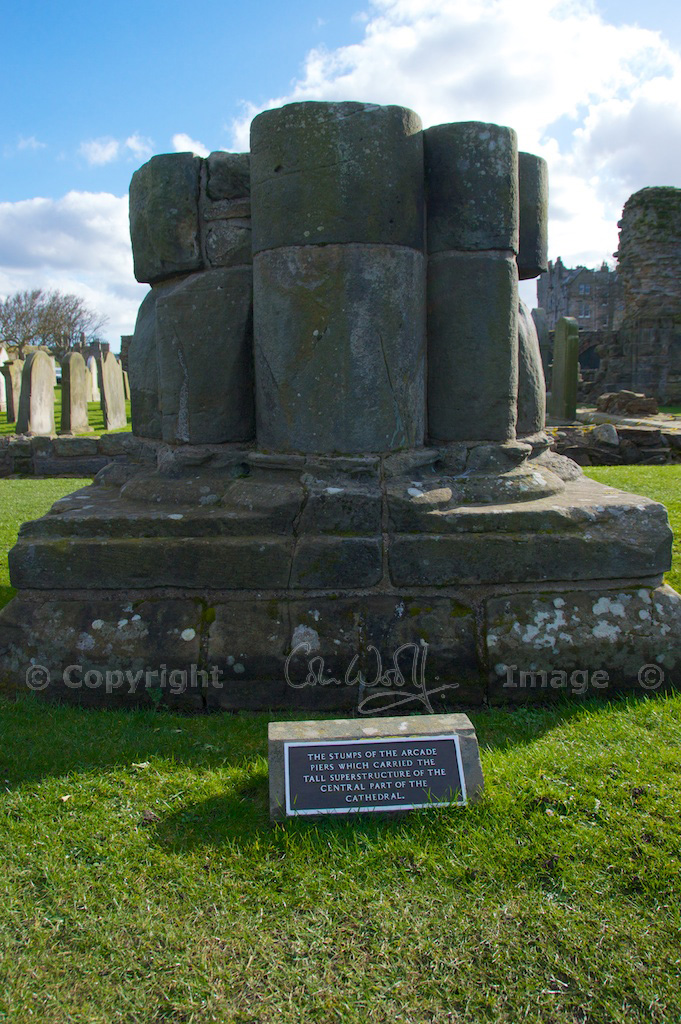 The nave was aisled; only the stumps of the massive supporting columns now remain, but you can stand among them and imagine the experience of walking up the nave from the west entrance, those colossal pillars rising around you amid the shadowy stillness.
The nave was aisled; only the stumps of the massive supporting columns now remain, but you can stand among them and imagine the experience of walking up the nave from the west entrance, those colossal pillars rising around you amid the shadowy stillness.
Nothing of the original floor can be seen: the ground is covered in a lush carpet of grass, although this isn’t a place where sheep can safely graze! Open tombs are dotted around, some of them quite deep, and it pays to watch your step. I imagine that Priors and important dignitaries of the Cathedral would have been buried here. The website of Scottish Churches confirms this: “A tomb at the east end of the south choir aisle is believed to be that of Bishop Wardlaw.”
Perhaps luckily for us, the tombs are now empty of their original occupants. Some are still partly shielded with capstones while others gape open to reveal body-shaped recesses within.
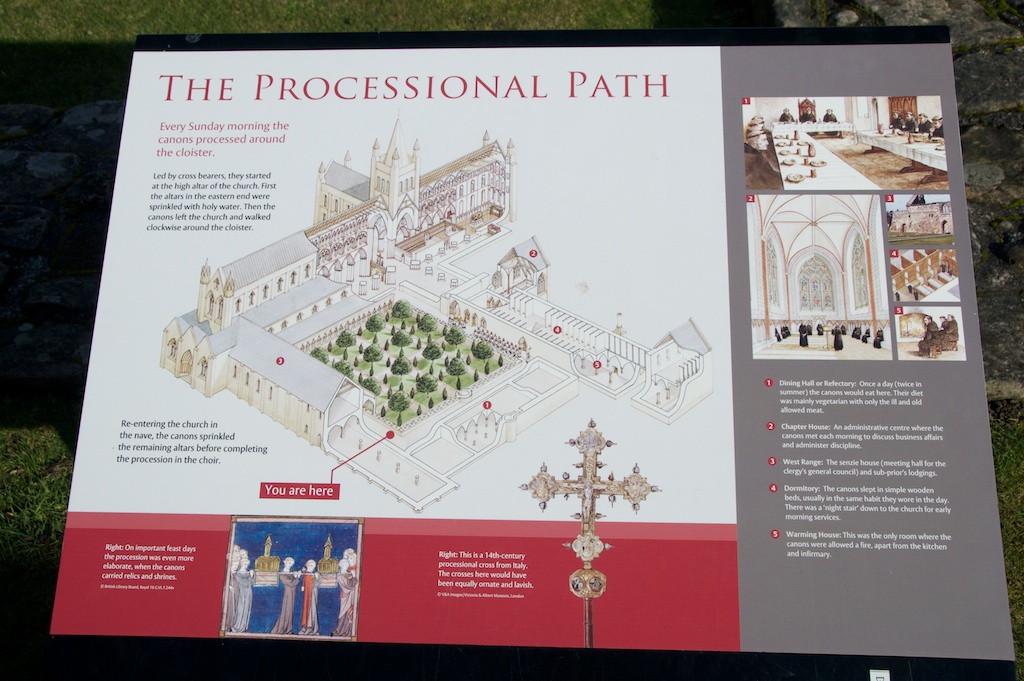 The Cathedral was cruciform in shape, and a single tower rose above the crossing (where the nave and transepts meet). The tower was higher than that of nearby St Rule’s Church, and it must have been a breathtaking sight – but one that is now sadly lost to us.
The Cathedral was cruciform in shape, and a single tower rose above the crossing (where the nave and transepts meet). The tower was higher than that of nearby St Rule’s Church, and it must have been a breathtaking sight – but one that is now sadly lost to us.
 Above the five-bay choir stood the grand east wall, most of which is still intact. Originally this had three storeys of round arched windows but in the 15th century they were replaced by a single massive window with ornate tracery. It’s fascinating to make out the ‘ghosts’ of smaller windows which are still visible on the wall.
Above the five-bay choir stood the grand east wall, most of which is still intact. Originally this had three storeys of round arched windows but in the 15th century they were replaced by a single massive window with ornate tracery. It’s fascinating to make out the ‘ghosts’ of smaller windows which are still visible on the wall.
When we visited in mid-March, pairs of fulmars were already choosing their nest sites high in the stonework, declaring their happiness loudly to each other and preaching very noisy sermons to prospective intruders.
 Falling from glory…
Falling from glory…
It takes a lot to reduce a Cathedral to ruins, especially one as important as St Andrews. This was the seat of Scotland’s leading bishops, described by Historic Scotland as our “largest and most magnificent medieval church”. So what on earth brought it to such a state?
Despite being damaged by an accidental fire in 1378 and winter storms in 1409, the Cathedral was repaired each time and restored to its glory. It did not, however, survive the attention of a Protestant mob whose fury had been inflamed by the preaching of John Knox in a nearby church. Everything symbolic of the Catholic faith was destroyed, including stained glass windows, furnishings and adornments. The relics of St Andrew – sacred fragments of bone – were lost, and the friars were expelled.

 Over the succeeding centuries, it’s likely that further storms took their toll on the neglected structure, and any stonework that was lying around was plundered for local building materials. According to the Scottish Churches website, “In 1826 the Barons of Exchequer took possession of the ruins and had the remains preserved and consolidated. The rubbish and piles of masonry debris… were cleared away and the grounds were laid with turf.”
Over the succeeding centuries, it’s likely that further storms took their toll on the neglected structure, and any stonework that was lying around was plundered for local building materials. According to the Scottish Churches website, “In 1826 the Barons of Exchequer took possession of the ruins and had the remains preserved and consolidated. The rubbish and piles of masonry debris… were cleared away and the grounds were laid with turf.”
How ironic that the older St Rule’s Tower, simple and unadorned, has survived pretty much unscathed; obviously not posing any type of offence to the Reformers, it was left well alone, and it has withstood the weather extremely well. At first glance, in fact, this looks to be the most recent structure!

An extensive graveyard lies to the north and east of the Cathedral, and through an arch in the boundary wall you can walk onto the sea front where low cliffs drop down onto the shingly beach below. The Prior of St Andrews and his flock certainly enjoyed some amazing views.
 As you wander around the ruins and try to gain a more complete picture of the Cathedral’s former grandeur, you can’t help but feel a sense of sorrow at the loss. This church was once the pride of Scotland’s kings, but now its bones seem to have replaced those of St Andrew, exposed to the elements, spirits and spirituality withdrawn into a skeleton of stone.
As you wander around the ruins and try to gain a more complete picture of the Cathedral’s former grandeur, you can’t help but feel a sense of sorrow at the loss. This church was once the pride of Scotland’s kings, but now its bones seem to have replaced those of St Andrew, exposed to the elements, spirits and spirituality withdrawn into a skeleton of stone.
 St Andrew’s Cathedral and St Rule’s Tower are in the care of Historic Scotland. Admission prices and opening times are available on their website.
St Andrew’s Cathedral and St Rule’s Tower are in the care of Historic Scotland. Admission prices and opening times are available on their website.
Sources:
Photos copyright © Colin & Jo Woolf
The Tower of St Rule
Close to the Cathedral stands the astonishing St Rule’s Church and Tower, founded by a community of Culdees.
Also take a look at…
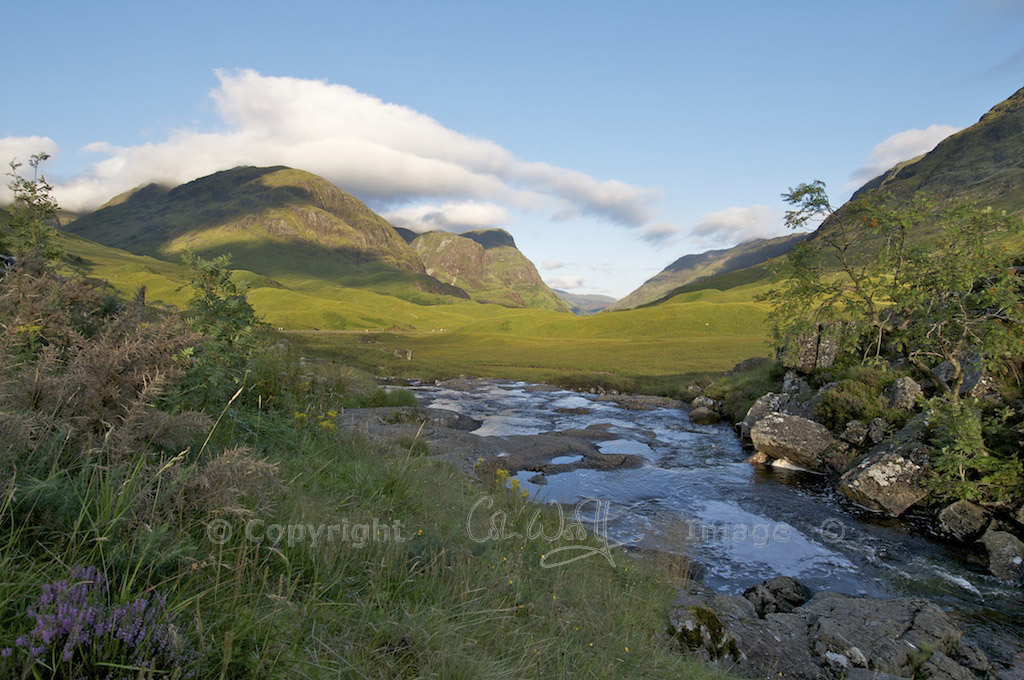



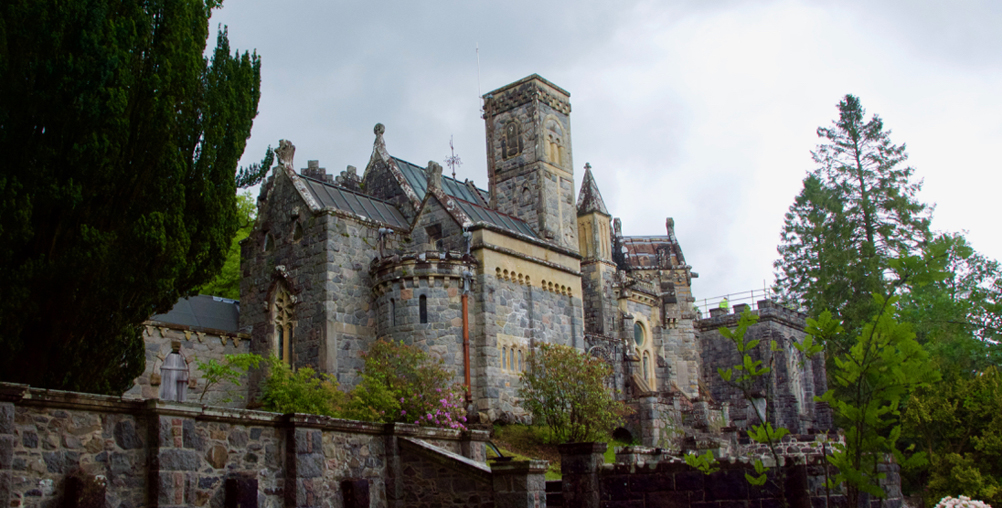
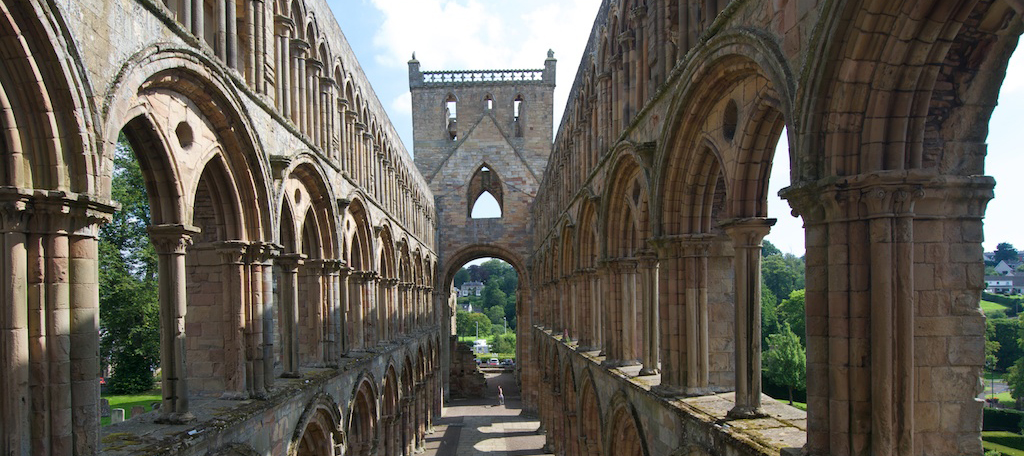
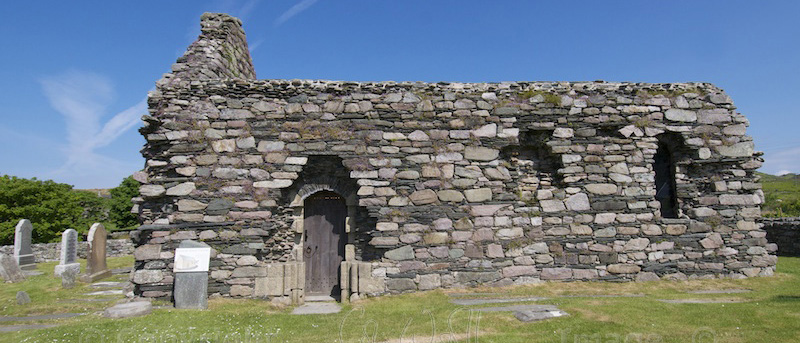
30 Comments
blosslyn
Your photos capture it perfectly…perfect 🙂
Jo Woolf
Thank you, Lynne! It was the perfect day for photography.
Susan Abernethy
I love it!
Jo Woolf
Oh Susan, get yourself over here! 🙂 I knew you would love it! If I win the lottery I’ll be buying you a ticket!
Susan Abernethy
Thanks Jo! I’ll get there somehow. I promise.
Julie Gomez
Stunning images Jo, and captivating information. Always look forward to your posts. Thanks for the tour! ?
Jo Woolf
That’s very kind of you, Julie, thank you! I loved writing about St Andrews, it’s such an inspiring and beautiful place. I know there’s more to discover!
Julie Gomez
You’re welcome, Jo! ?
Sheila Beattie
Once again a really interesting, lively account of what must have been a cathedral to behold! I always feel such sadness at the great loss of utter magnificence when I wander round ruins like this. I try hard to imagine the stunning stained glass windows and the grandeur and beauty…..Brilliant photos too, thank you! Must visit again sometime soon! Look forward to your next account and photos Jo……..
Jo Woolf
Thank you very much, Sheila! I am like that when wandering around old sites, too – imagining what it would have been like to walk through there, trying to sense the atmosphere. We were pleased with our photos – I’m trying hard to master my camera which I got last year, and experimenting with settings is really fun! The conditions were perfect. Thank you again for your lovely comment! 🙂
Dick Nahman
Fascinating, beautiful, informative and for me, mysterious. The Augustinian Order was founded in 1256. I have to find out more about these who were around in 1160.
Jo Woolf
Thank you! I am very glad you visited because you have raised a very interesting point.
I think in the case of St Andrews we are talking about the Canons Regular as distinct from the Hermits of St Augustine. They both seem to have grown up as two distinct groups, both inspired by St Augustine and claiming him as their spiritual leader. However I think the group in St Andrews were Canons Regular, therefore following the Rule of St Augustine; strictly speaking it may be wrong to say that they belonged to the Augustinian Order, at least until the 13th century. It seems that the Canons following the Rule were accepted into the Order of St Augustine by Papal Bull in 1256. This website may be of interest: http://www.augnet.org/?ipageid=582 where it says: “On 15th July 1255, Pope Alexander IV issued the bull, Cum quaedam salubria, to command a number of religious groupings to gather for the purpose of being amalgamated into a new Order of Hermits of Saint Augustine.”
I will take a fresh look at my text to see if I can make it clearer. Meanwhile thank you again – I have learned something today! 🙂
Anny
It looks wonderfully romantic set against such an intense blue sky, but I’m sure on a bleak grey day the pathos would seep out at you. A lovely post Jo, I feel as if I’ve been there…
Jo Woolf
Thank you, Anny, I’m glad you feel you have really visited! You’re right about the weather, it has a great influence on our impressions of a place. I would quite like to go back to St Andrews on a drizzly grey day when fewer people were about, to see what it felt like.
tearoomdelights
I can’t help wondering how on earth they managed to build such a structure in those days, and it seems tragic that it’s been destroyed. It is, however, excellent that the likes of Historic Scotland keep these old ruins alive. There seems to be something reassuring for us, on a human level, about finding out how our ancestors lived. I suppose it’s because we hope that our descendents might be interested in how we lived hundreds of years from now. If only they’d had photography in the 1300s…
Jo Woolf
I know, Lorna, there was so much skill and craftsmanship invested in it – and it took 150 years to build, after all! No planning permission or building regs (or health and safety!) It is very true what you say about Historic Scotland and other conservation bodies – so many of these places would be lost to us without their care.
I can’t explain what it is that fascinates me about how our ancestors lived, what they looked like and what they felt, but it’s a very strong attraction! I wonder what will stand out about our era for our descendants in, say, 300 or 400 years’ time?
Haha, I cannot resist now… What make of camera was preferred by medieval monks? (Answer: Canon!) (sorry, sorry, sorry…….) 🙂
Dancing Beastie
Every viewpoint is one I recognise: every stone is familiar. I went to school next to The Pends and my dormitory overlooked the Cathedral and its graveyard. Our infirmary was built on the site of that of the monks (/canons). We had sketching lessons, scripture lessons and history lessons wandering in the cathedral. At weekends we would escape into the cathedral grounds for fresh air and coastal walks. I enjoyed it so much that I went to university there too!
Your tour of the architecture and history of the cathedral was like meeting an old friend. Thank you for a most pleasurable ‘visit’. I too often try to imagine what it must have looked like when it was the most important pilgrimage site in Scotland. What a loss.
Jo Woolf
Wow, what an experience – I envy you! That must have been wonderful, to have all that on your doorstep. It struck us just what an upbeat atmosphere there was there, and I think that has a lot to do with the University. History lessons in the cathedral grounds. I am jealous! But I really enjoyed reading up about the amazing history, and I’m very glad that you feel I did it justice – thank you!
It is indeed a great loss, I would so love to have seen the Cathedral, both inside and outside, in the 14th century.
Susan Abernethy
Reblogged this on The Freelance History Writer and commented:
Jo Woolf brings us the history of St. Andrews Cathedral in Scotland.
Jo Woolf
Thank you very much, Susan! 🙂
Princess of Eboli History Masquerade
Reblogged this on If these walls could talk and commented:
This is a super Cathedral , It took 150 years to build, the story behind this cathedral is great, I am going to reblog this great cathedral !!!!!
Jo Woolf
Thank you very much! That’s very kind of you, and I’m really glad you enjoyed it! 🙂
Princess of Eboli History Masquerade
You are very welcome !!! ???
Carl D'Agostino
Really enjoyed the tour.
Jo Woolf
Thank you, I’m very glad! It’s such a wonderful place.
mariegm1210
Missed this blog the first time around but am reblogging. (Sorry to say I’m at the point in my novel where Knox’s followers are about to desecrate and destroy this great Cathedral!! 🙁 Going now to follow up your blog on the Culdees!
Jo Woolf
EEEEEsh, any chance you could stop them??!! 🙂 Thanks for re-blogging this! Is this ‘The Second Blast of the Trumpet’ that you are talking about here? I must get a copy of the First one. Would you like a review at some stage?
mariegm1210
Reblogged this on Marie Macpherson and commented:
St Andrew’s Cathedral after the ‘rascal multitude’ of John Knox’s followers destroyed it.
bitaboutbritain
Splendid article and photos!
Jo Woolf
Thank you very much! Love St Andrews! Really enjoyed my visits there.